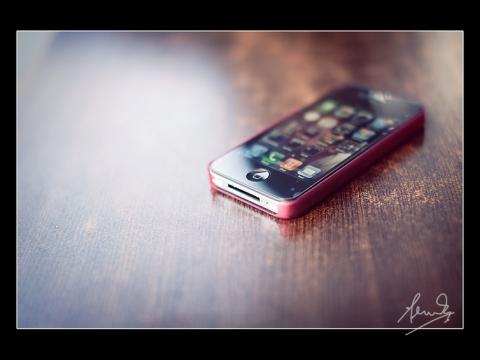Read the original article here
Read the full article below
The communications minister Stephen Conroy must be feeling suitably chastened by the final outcome of the digital dividend auction, now that some of the spectrum on offer has gone unsold. However, with 30 out of of 700 Megahertz band spectrum still left on the table, could the federal government utilise it for a better purpose?
While Conroy was looking to maximise the return on the 'waterfront' spectrum assets – 90 MHz in the 700 MHz band and 140 MHz in the 2.5 GHz band – there were plenty of signs that the auction was never going to deliver the promised billions.
Conroy moved to set a reserve price of $1.36 per MHz per population for the 700 MHz spectrum and limited the amount of spectrum that could be purchased by one company to 50 MHz in the 700 MHz band. My top 10 tech predictions for 2013 highlighted the lack of real competition in the Australian mobile market and the digital dividend auction result has reinforced this view.
Bad timing and bad for competition
The digital dividend auction could not have occurred at a worse time. The high Australian dollar reduced the likelihood of an international competitor entering the market. Alarm bells would have been ringing in Conroy’s office when someone actually sat down to look at the local mobile market. Telstra’s dominance across the nation remains unchallenged, Optus appears happy to optimise revenue with a full suite of products offered in mainly urban and larger regional centres, and Vodafone has a plan to move from chaos to its previous insignificant status.
Vodafone teeters from one drama to the next, failing to comprehend the need to move beyond being principally a mobile cellular operator. Vodafone is at the bottom of a slump and failure appears assured because Vodafone’s apparent recovery plan is to return to being a minor player focused on inner urban areas.
The auction result provided only one surprise – TPG Internet’s purchase of 20 MHz in the 2.5 GHz band.
Speculation about TPG Internet’s reason for the spectrum purchase has been the major talking point surrounding the digital dividend outcome. TPG Internet has moved forward with an aggressive expansion policy and the spectrum purchase highlights an understanding within TPG that owning spectrum makes sense.
Telstra was a big winner from the digital dividend auction when it purchased 40 MHz in the 700 MHz band and 80 MHz in the 2.5 GHz band. Spectrum is vital for future networks, expansion and increased customer capacity. Telstra is flush with cash so shareholders should be provided with guidance on why it did not purchase the additional 10 MHz in the 700 MHz band that it was permitted under the auction rules.
How to use the unsold spectrum
But what of the 30 MHz of 700 MHz band spectrum that was not sold?
The government was right not to sell this spectrum at a fire sale price – it is too valuable. It is time for the government to look at the mobile market and to make the decision to open this market up to competition. Why should the Australian public continue to pay the exorbitant prices for mobile access because two of the three mobile network license holders don’t really see a need to compete with Telstra but can optimise their revenue by offering small discounts to Telstra’s prices?
The Australian Communications and Media Authority should be given the task of finding an additional 40 MHz of 700 MHz band spectrum and the resulting 70 MHz should become a public band. This idea was proposed in February 2013 when it became evident that the digital dividend auction would fail to sell the entire 700 MHz spectrum.
Public access to spectrum in the 700 MHz band could be used for future Fi-Wi networks or a future super Wi-Fi network. 700 MHz spectrum can be used to provide cell sizes of up to 30 kilometres and can penetrate buildings far more effectively than existing Wi-Fi systems. Imagine being able to finally get Wi-Fi through your entire house and backyard without having to resort to Wi-Fi range extenders and fitting 8 dBi antenna to your Wi-Fi access point.
Thinking outside the box
The national broadband network would be a big winner. The 70 MHz of 700 MHz band spectrum could be used to provide public Wi-Fi in train stations, supermarkets and shopping centres. City buses, trains, trams and vehicles could connect and also act as mobile Wi-Fi access points in a mesh network.
Conroy must not leave the spectrum idle as it is too valuable. The government has tried to sell it and failed so it is time to hand the spectrum back to the Australian public and encourage innovative ways to use the spectrum that will benefit everyone.
The failure of the existing mobile operators to reduce data prices, encourage low-cost vehicle connections for Wi-Fi or bluetooth use in the vehicle and to provide low-cost data connections to public transport to facilitate free Wi-Fi highlights all that is wrong with the Australian mobile market.
Conroy has worked hard to improve telecommunications policy and enhance competition but dealing with telcos was always going to be tough. As the likes of Telstra continue to win the fight to protect their turf and to turn away competition, Conroy and his opposition counterpart Malcolm Turnbull need to publicly announce what they will do with the spectrum left unsold.
Let me know what you think – should Conroy leave spectrum worth $1 billion dollars in the closet?





